
These ride sharing companies' strategy was pretty much straightforward; they rolled out services in new cities, got a bunch of drivers and riders to their platform, and began making money even before the regulators could fathom their system of operation.
Finally the authorities decided they had to regulate this new mode of transportation where there was no balance of power. This is despite the possibility of mitigating transportation woes that are bothering big cities.
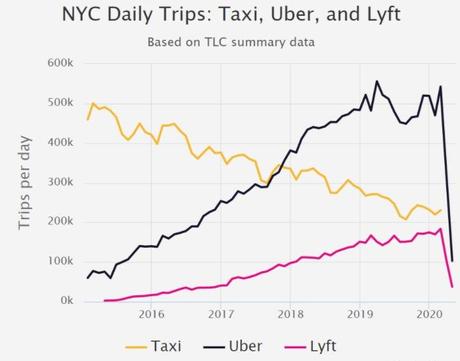
The Initial Problem
Authorities in many cities feel they really didn't get an opportunity to govern Uber and Lyft. Now they have woken up to the fact that novel ideas of transportation need to be monitored to make it effective and efficient.
The state of California recently introduced new rules to oversee how ride-hailing services without a driver behind the wheel should work. This contrasts with the first ride hail rules that were introduced in 2013.
Historically, taxis were in the domain of city rule makers until the ride-hail came in.
The ride-hail companies seized the opportunity and pushed it as a model to be reckoned with. Today more than 40 state legislatures have passed industry-friendly laws regulating ride-hail and inhibiting cities from supervising services or setting their own rules.
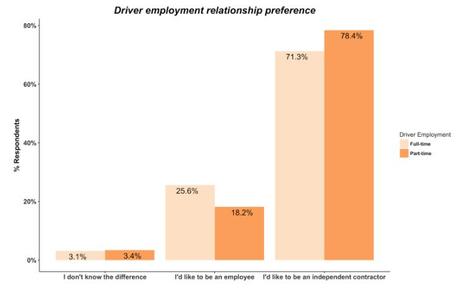
Over time, city officials comprehended the ill-effects of these laws as ride-hailing disrupted the already stagnant taxi industry. Local authorities could do little as state agencies took most decisions. Allowing states, rather than cities, to regulate ride-hail, set in the chaotic situation that is still being experienced.
The Original Policy
The disputes around transportation and technology are due to the short-sightedness of the original policy. Local authorities are trying to reel back lost power. Cities like San Francisco, Chicago, Washington, DC, and LA, have gotten assertive about overseeing transportation companies headquartered elsewhere but operating in their turf. Chicago and DC taxed ride-hail trips to subsidize travel and cajole this private business towards a public good.

In San Francisco, the city's transportation agencies took time in 2018 to develop principles to evaluate new channels of transportation, driverless cars and courier services like Amazon and DoorDash.
Many commenters suggested steps to regulate ride sharing, demanding more public data and being stringent about accessibility norms.
The Past Of Ride Sharing
A year back it was nearly implausible to imagine transportation without Uber. But when the pandemic hit, it devastated the demand for ride sharing. They are not breaking even, probably not surprisingly.
Uber and Lyft debuted on the stock market, but their stock prices are stagnant and they've struggled to make money. Yet people are pouring more money into these companies, but it is not profitable yet and they were certainly not profitable last year.
Rides are still down in most places across the world. In the US, at one point they were down 80%. But rides are kind of coming back in some places and some cities. But this could be in waves as businesses are yet to operate in full strength. It's been a hard year for everyone, including Uber and Lyft.
Right before the pandemic, they made some changes to their businesses. Both of them shed some verticals that they didn't want to continue, made some acquisitions and moved into some new domains.
Diversification Plans
Uber has recently forayed into food delivery, and Lyft has also signaled intent. Uber Eats is a major food delivery player in the country. They are catering to a huge populace right now, but they aren't making money yet.

Both businesses are trying to find ways to direct drivers to be more efficient and productive. But they don't fathom, these drivers are just independent contractors and not employees.
Cities were frustrated that they had no control over Uber and Lyft, especially when they realized that Uber and Lyft had a role to play in the transportation fabric. There's evidence to suggest that they're pulling people off public transit, which usually don't break-even.
The fear of infection could change the world's adoption to the ride sharing model. Companies could prepare to 'survive until they can thrive' mode, as local, leisure and business travelers eventually return to the convenience of ride sharing.
Legal Tangles
The government is helping ride sharing firms trim the fat with State Assembly Bill 5 and Prop 22. Prop 22, which passed last month in California, says that Uber, Lyft and other companies don't have to consider the people who drive or deliver as employees. This is a big boost to ride sharing companies and firms that utilize gig workers for jobs.
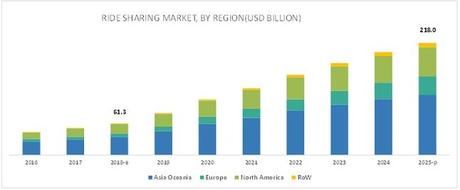
Profitability seems improbable without trimming the fat and making drivers more competent and efficient. But at the same time, there are plenty of stories where drivers work 18 hour shifts and sleep in the cars to make it profitable for them.
Uber and Lyft want to position gig work as something you do casually. Like you pick up when you need some money or put down when don't have time.
Processes are automated, there's not a lot of people you can actually talk to if something goes wrong. A lot of people get laid off the system because of a complaint. But there's no recourse to defend themselves. Hence it's impersonal and difficult to work for such companies.
The COVID Dilemma
The second quarter saw the full fury of the pandemic. Airlines parked 15,000 planes as passenger volume dropped. Hotel occupancy fell to 25%, a record low. World cities quarantined, with bars, restaurants, cinemas, clubs, and shows, all popular rideshare destinations, shut down.
A major reason for rideshare passenger decline was fear of infection, which companies made an effort to redress. Lyft purchased masks and hand sanitizer in bulk for its drivers.

This 10-year revolution has been a game changer, looking at the tech landscape and comparing it to the beginning of the decade, a lot has happened. Like from food delivery via a phone call to delivery by Zomato and Swiggy, and from hailing cabs on the road to getting them to your doorstep with a click.
Built around the shared economy principle, ride-hailing apps is an example of collaborative consumption where all stakeholders need to be invested in the model for it to flourish. This has been adopted across various sectors giving rise to an 'Uber' in every sector. But the shared economy has best been utilized for mobility.
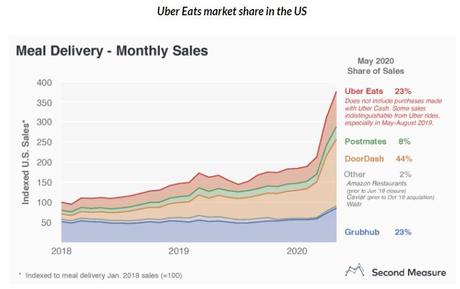
Uber began operations in 2010 by introducing cab hailing and by 2019 it turned out to be one of the biggest transportation companies in the world. Following Uber's example, Ola launched in the Indian market in 2010 too and brought Indians a new way to commute.
The Mobility Revolution
The mobility revolution in India got a much-needed thrust with the launch of Uber and Ola, and permeated across other domains. Goldman Sachs has estimated that the global ride-hailing industry is expected to grow to $285 Billion, making this an incredibly lucrative market.
Most of the investments so far have gone into mobility solutions that cater to the 10+ km range, but the next wave would be micro-mobility in the 2-5 km range. 65% of the commute in India are for such journeys but there are not many solutions available, which means there is a huge scope for sharing or self-drive products.
In 2015, thousands of cab drivers joined the lucrative ride-hailing world with the hope earning a better income. Initially, the wages were lucrative, working conditions easy with assisted car registration. Cab drivers earned handsome income. Even though targets were fixed, it was reachable and drivers earned unimaginable incentives.
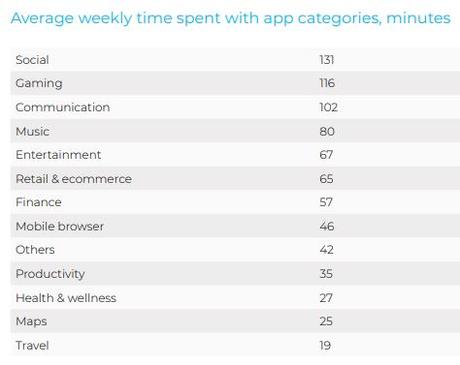
But now things have changed as companies charge higher commission per ride from both drivers and consumers. Drivers today complain about lower income, lower incentives and that there's little job satisfaction. Even the government recognizes this and has been working on incorporating rules for operations such as ride sharing in the Motor Vehicles Act.
After multiple deliberations, bike taxis, carpooling and other models have got the first set of regulations.
Conclusion - Ride Sharing Future
A study by the global research organization World Resources Institute (WRI) found that India's ride sharing industry is growing rapidly and it could potentially reduce car ownership in the future. The idea that these ride sharing apps leverage a car already on the road and help people traveling in the same direction pool up to cut pollution and congestion.
In India besides OLA Share and UberPool, Apps like Quick Ride connect folks traveling on the same route and at the same time. Riders can connect instantly, communicate and share costs in a cashless manner. Quick Ride offers points to ride givers that cannot be redeemed for money. Instead points are transferred within the network to enhance carpooling activity.
The central government is supportive of all moves that would reduce congestion on roads in an environment-friendly manner. Reports have noted that the upcoming transport policy may also allow pooling of private vehicles as well as their use as taxis to fight city congestion.
This low utilization makes ride sharing businesses very lucrative.
Car-sharing models based on subscription and corporate leasing is expected to grow in the near future. Given their advantage of providing the convenience of owning a car, without the hassles and financial burden, it makes sense for consumers.


